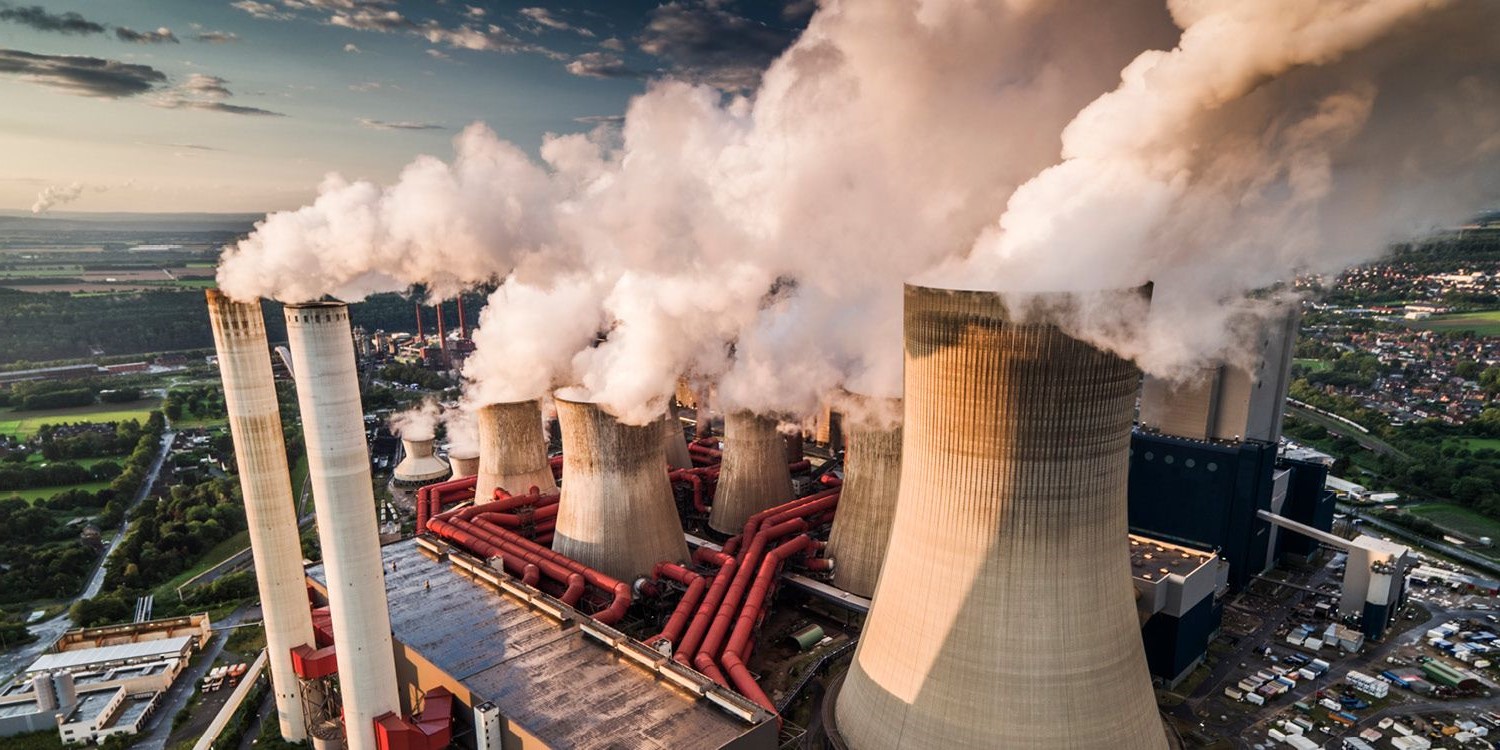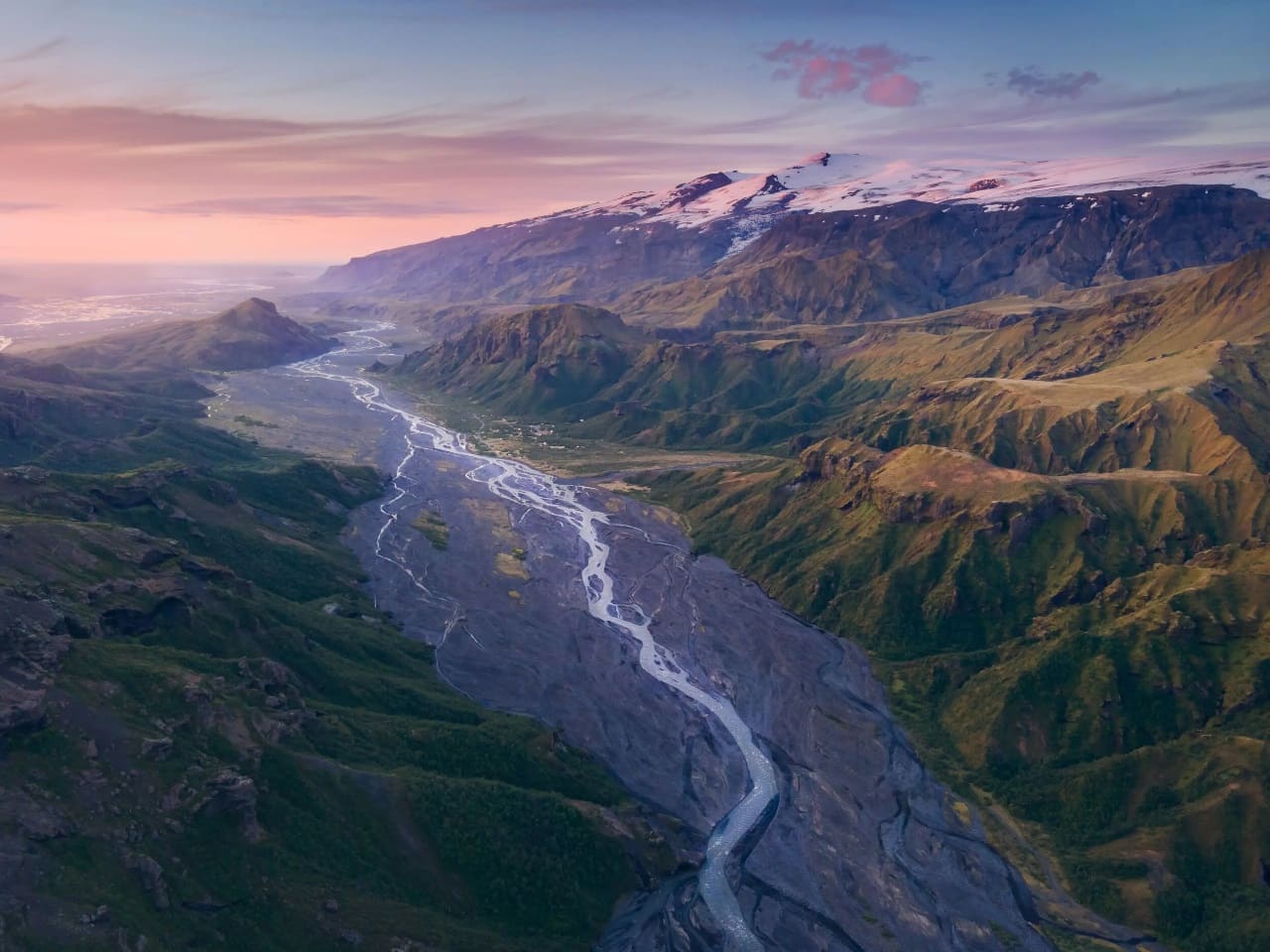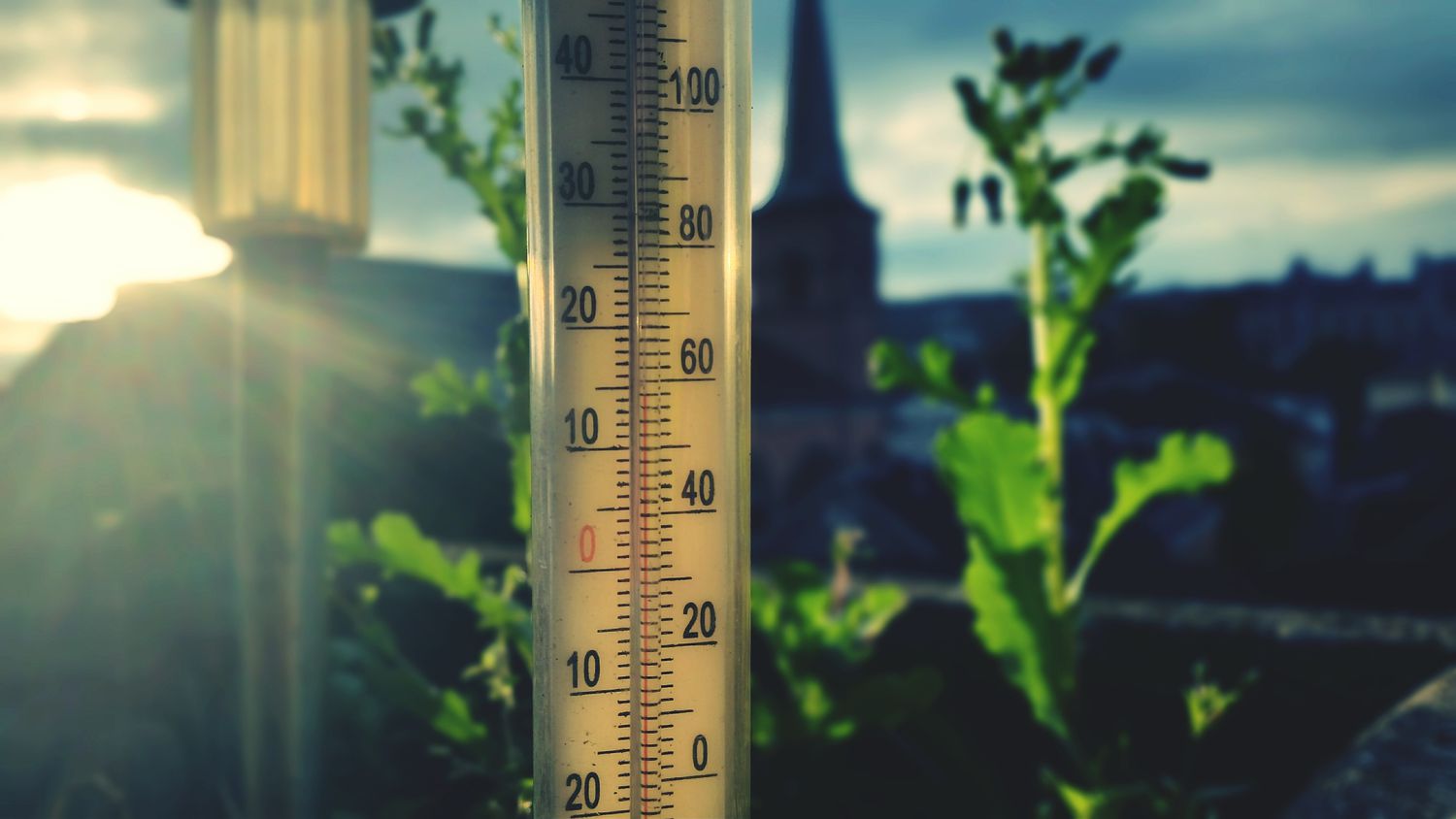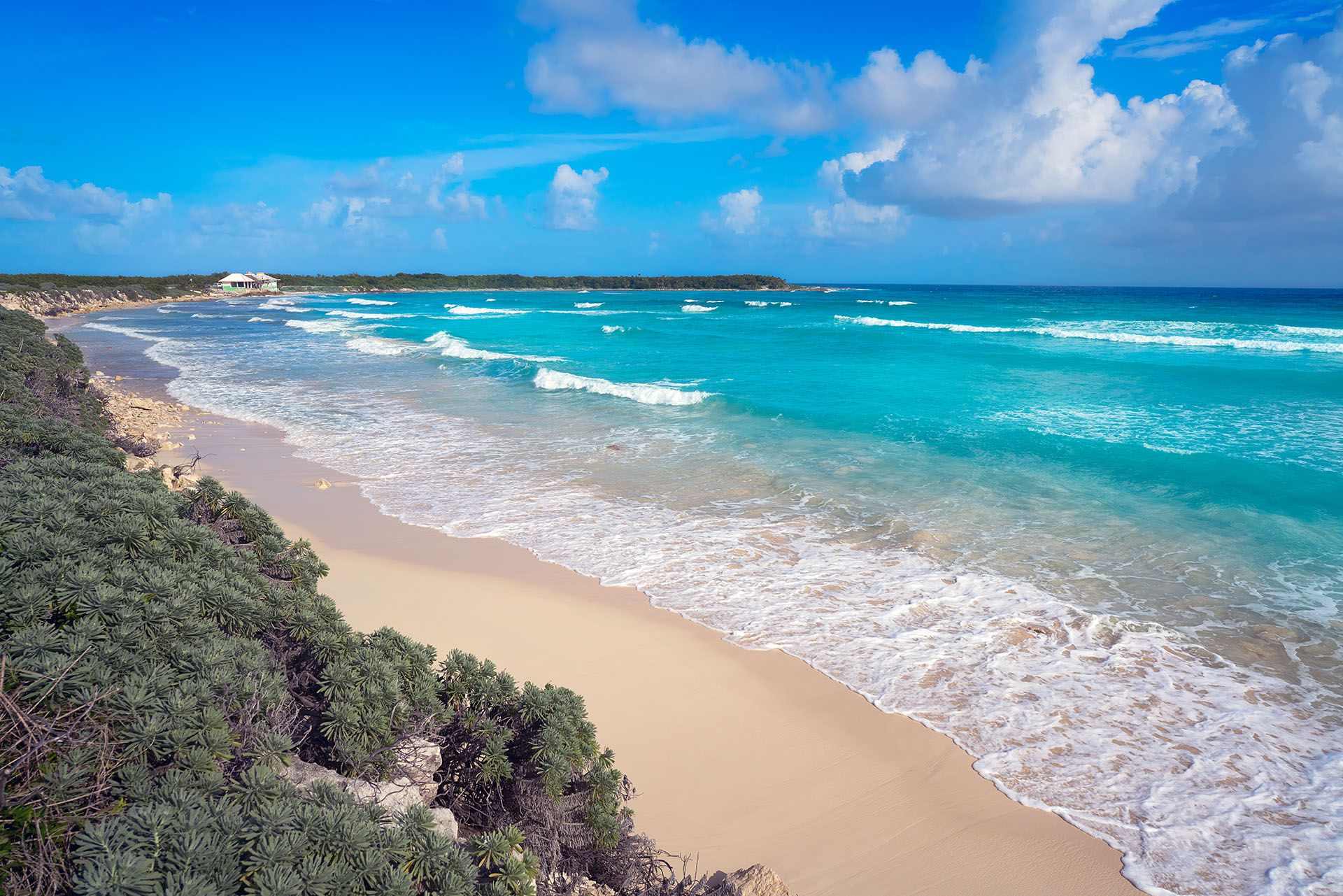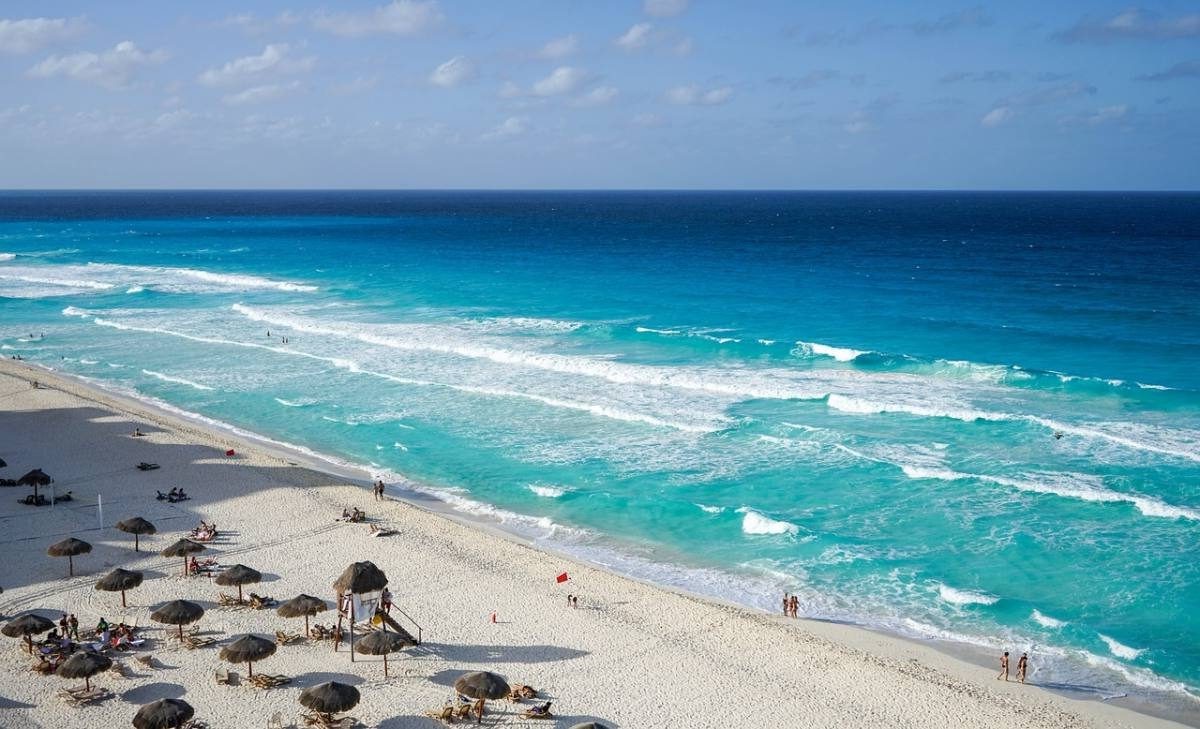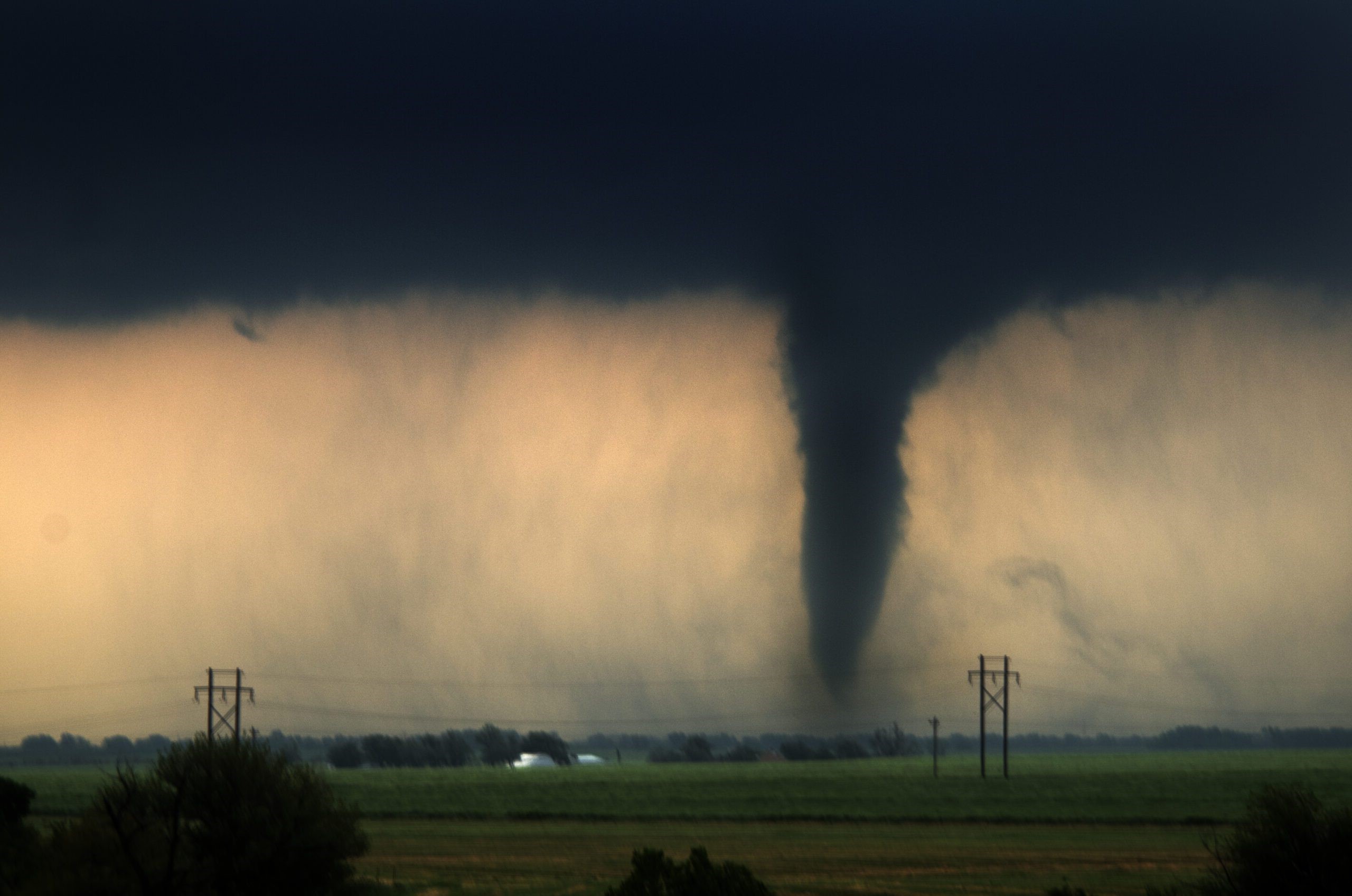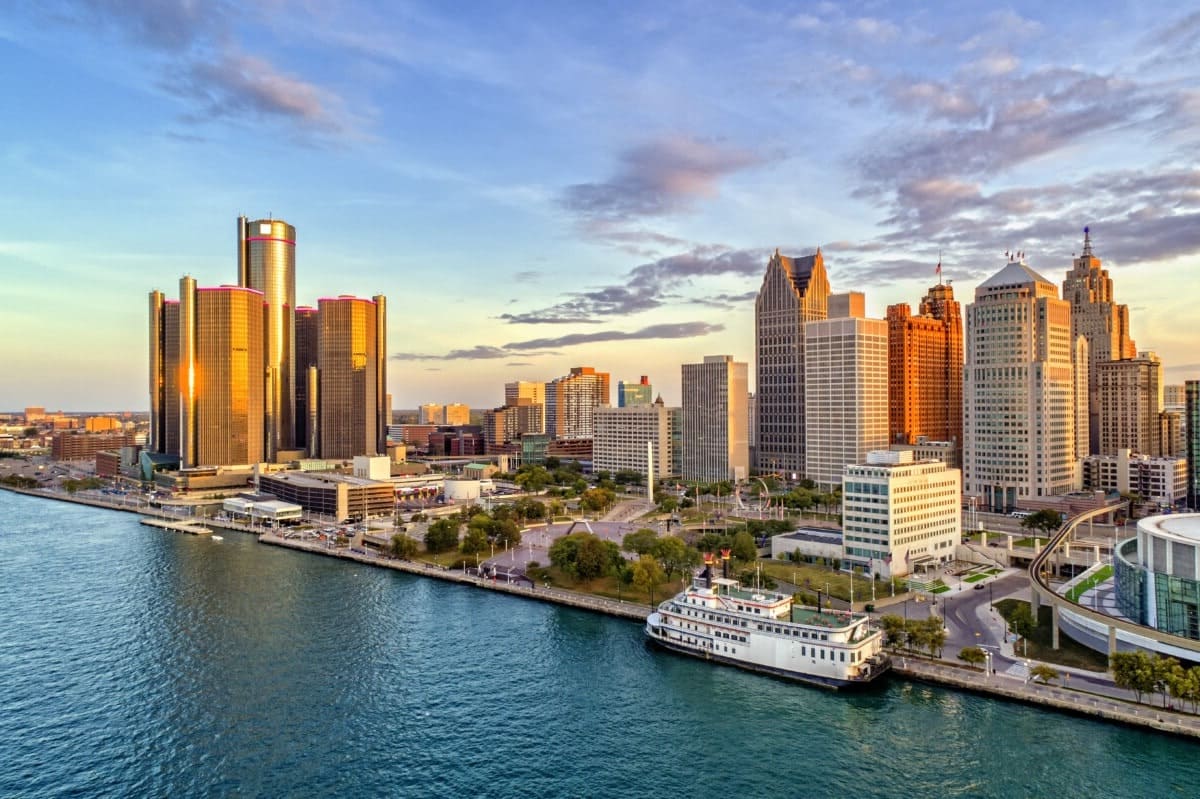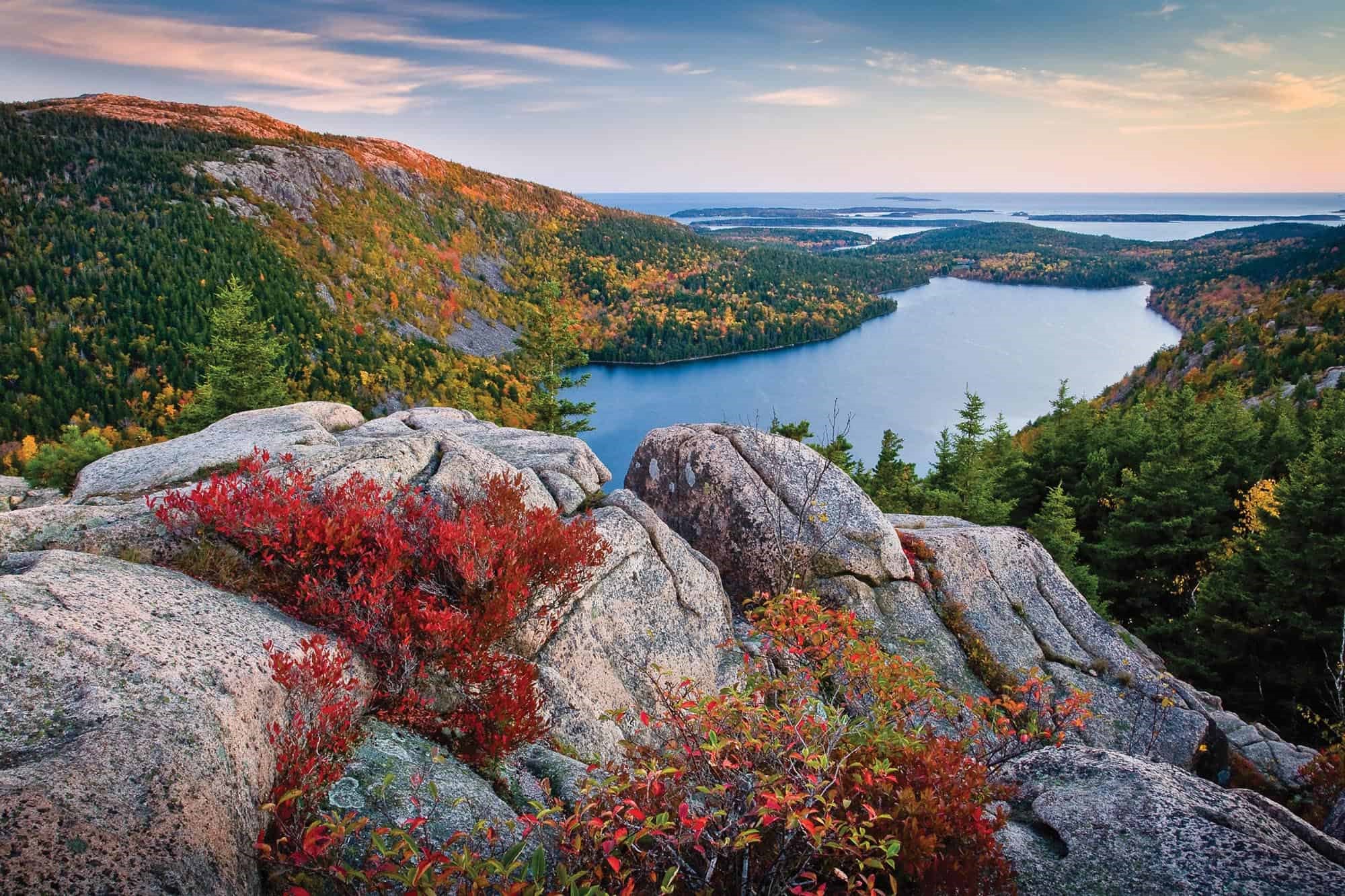Home>Weather and Climate>Why Weathering Rates Increase in Hotter Temperatures
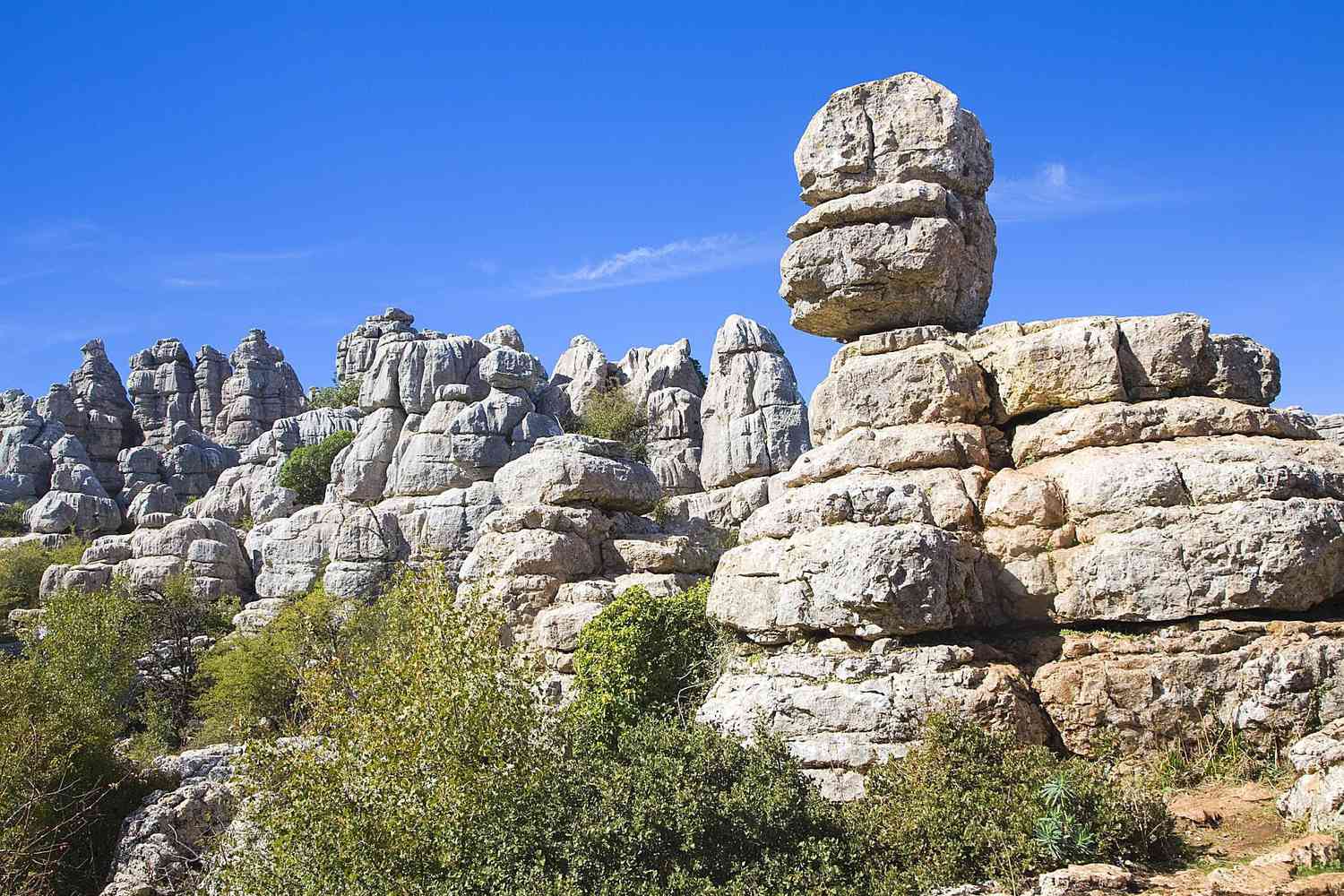

Weather and Climate
Why Weathering Rates Increase in Hotter Temperatures
Published: October 4, 2024
Explore the impact of temperature on weathering and erosion in this comprehensive guide. Learn how heat influences the Earth's surface processes.
(Many of the links in this article redirect to a specific reviewed product. Your purchase of these products through affiliate links helps to generate commission for Temperatures.com, at no extra cost. Learn more)
So, let's dive into how temperature plays a massive role in weathering, shaping our planet's surface in ways that are both slow and dramatic. Heat, my friends, isn't just about making us sweat or giving us a reason to crank up the air conditioning. It's a key player in breaking down rocks and minerals through a process known as thermal expansion. Imagine a rock sitting under the blazing sun. As it heats up, parts of the rock expand. Cool it down, and those parts contract. This constant cycle of expansion and contraction can cause the rock to crack and eventually break apart.
But wait, there's more. In areas where temperatures swing from hot to freezing, water trapped in cracks can freeze, expand, and act like a natural jackhammer, further breaking the rock apart. This process, called frost wedging, is like nature's demolition team, working tirelessly to sculpt the landscape.
Heat also speeds up chemical weathering. Warmer temperatures increase the rate at which chemical reactions occur between minerals in rocks and substances like water and oxygen. This means that in hotter climates, rocks can chemically break down at a faster pace, transforming landscapes over time.
So, next time you're out enjoying a sunny day, remember that heat is doing more than just making you reach for a cold drink. It's actively shaping our world, one rock at a time.
